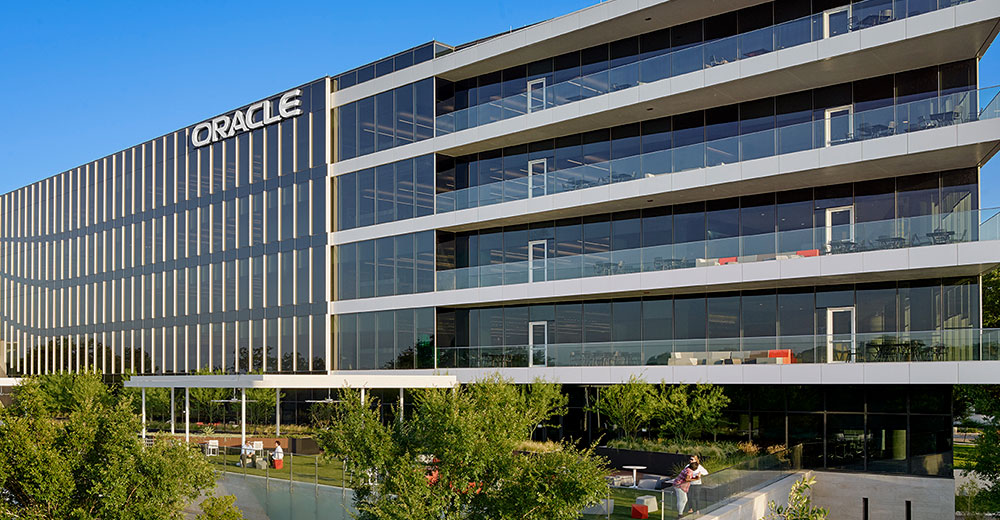Two things occurred to me while writing about Salesforce’s current dust-up with activist investors. First, in the last piece, I noted that activist investors are all over the place, and they take interest in companies and whole sectors all the time when they see an opportunity to make a buck. Nothing unusual there.
But interestingly and second, there are almost no companies in CRM and, more generally, in software that have experienced the kind of activist investor interventions we saw in other industries over the last 40 or so years. Forty years is a long time, a career, so it’s no surprise that if there are memories of earlier shakeups, they’re foggy.
My impression of activists has tempered over the decades. We used to think of them as vultures, predators, or even parasites, but now I see them as part of a healthy functioning ecosystem, like fungi. How can this be?
Boom and Bust Cycles
In one of my books, I examined economic K-waves, named after the early 20th-century Russian economist Nicolai Kondratiev whose job was to explain capitalism to Vladimir Lenin. Lenin tolerated this academic economist because Kondratiev could explain capitalism’s boom and bust cycles.
Unfortunately, the communist doctrine only saw one cycle, and practitioners were all waiting for capitalism’s inevitable bust, after which communism would reign supreme. They were still waiting when the Berlin Wall fell.
When Lenin died, his successor Joseph Stalin, who had very little patience for people who even slightly challenged communist orthodoxy, sent Kondratiev to a firing squad along with roughly a million other intellectuals.
Kondratiev remains relevant, while communism occupies a prominent position on history’s ash heap. Later followers of Kondratiev noticed that innovations ripple through the capitalist economy in specific ways that can be graphed as an S-curve. First, there is an invention or, more likely, a cluster of them, then early adoption takes over in which the innovation is honed to provide specific benefits to society.
I think of the next phase as the boom because it includes the rapid adoption of innovation by society at large. Past innovations that followed this path include railroads, automobiles, telephones, electricity, cable, and even cloud computing. There is more than we can discuss, like the mechanization of agriculture.
Anyway, each major innovation needs a massive buildout if it’s going to become mainstream and serve society. Tracks must be laid, wires strung up, roads, gas stations, and repair facilities (did I mention data centers?) — all of them were capital intensive and employed millions of people — for years in many cases.
Risks and Rewards
Throughout all of this, the real capitalists, i.e., the people who provide the money for the buildouts, bide their time accepting growth and stock appreciation as the reward for their risks — and the rewards can be substantial if you back the right horses. If you guess wrong, you can go broke.
Now, here’s the interesting part.
At some point, the buildouts are completed for the most part, and much of the labor cost that was needed can be jettisoned in favor of a smaller R&D budget that focuses on product line extension rather than radical innovation. At this point, the money that was going toward infrastructure buildout falls right to the bottom line. Activist investors know this and search for companies and industries making that turn. That’s one place where they can make a lot of money.
Once this happens, it is difficult to reignite an infrastructure boom because we’ve all become used to the profits. More importantly, some profits vanish due to margin erosion from fierce competition. In the public sphere, it’s hard to get big infrastructure spending going for similar ill-conceived notions. Public infrastructure makes society more productive and is a benefit.
Of course, if you are a wage earner and not a capitalist, this comes as a big and unwelcome surprise. I know; it happened to me.
This article began with the idea that there are almost no companies in software today that have any experience with this boom-and-bust phenomenon. Most don’t hang around for the decades it takes to play out, and they can’t handle the vicissitudes of changing economic conditions and end up as divisions of other companies or out of business.
Oracle’s Survival Story
My analysis says that Oracle, SAP, and maybe Microsoft can say they’ve survived the marketplace’s fluctuations — but it’s Oracle that I wish to use as an example.
Oracle was the original relational database company in an industry that would grow to have about a dozen competitors at its height. Today, it is the only RDBMS company that’s still independent. All the others got swallowed up or crashed. Oracle survived through a combination of sharp elbows, good financial management, and acquiring technologies it didn’t have time or bandwidth to make.
It was not always pretty. Oracle was the last major software company to take to the cloud and proved to be a laggard, while companies like Salesforce captured the public’s imagination as well as Wall Street’s. But Oracle knew what it was doing. It had a massive installed base of big enterprises that were risk-averse and in no hurry to get to the cloud until it was bulletproof.
Oracle suffered compared to cloud companies because, while its revenues were good, it lacked the pop and sizzle that goes with rapid growth. Wall Street was not exactly a fan, but Oracle kept to its knitting. For instance, it worked to make the bulletproof cloud that its customers needed by putting its database developers on site with its biggest cloud customers, like Salesforce.
Oracle also shrewdly bought Sun Microsystems to provide the hardware arm it needed to produce the fastest database on the planet. For good measure, it automated many of the administrative functions so that security and patches could be updated in real time at a moment when it could take months to do the job manually. Only later did it build out its cloud offerings, including a platform and a global net of data centers, because that’s the order of battle its customers needed.
At the same time, Oracle made huge investments in stock buybacks to keep the activists on the side, which put a floor under the share price. It also declared dividends, another way to improve ROI for the activists, and pruned its workforce back when no one else was and suffered from the comparison. Today, the new cloud infrastructure is in place, and Oracle is again being toasted on Wall Street.
Lessons Learned
So, what’s to learn from the Oracle experience?
First, it’s vital to stay ahead of the activists and to act before they force your hand, even if the results will be very similar. Staying ahead means possibly keeping some activists off your board of directors. A little activism might be good for business, but a board seat invites extremism. With its strategy, Oracle converted itself from a growth company to a leader in an advanced sector with repeatable earnings.
Second, understand the end game. By that, I mean carefully figuring out how far you can go before the activists become vocal and make demands that may not fit with your vision for the company. Oracle was lucky in this regard because it knew what the future would be, so it could take its time, marshaling its resources and nurturing its base.
Third, understand the big picture. Trees don’t grow to the moon, and neither do companies. Being the leader in an emerging market is nice, but so is being a leader in a more mature market.
In line with this, while it might be tempting to consider another acquisition because you think you can make something new and cool, remember that the activists will want new and profitable. This whole exercise is about understanding that.
Demand for Dividends
There are many ideas that Oracle can play with that might add value to the business. However, in the current environment, the challenge is to make dividends which may mean having a smaller R&D budget and pursuing product line extensions over what might be radical and cool.
The entire software industry is on the precipice of a new era defined by dividends, not explosive growth. It’s a time when the economic fungi dismantle and recycle some of the more elaborate constructions of the previous era. The software industry has come a long way just in the last twenty years or so to deliver value to customers. Shareholders want some of the love now.
























































Social Media
See all Social Media